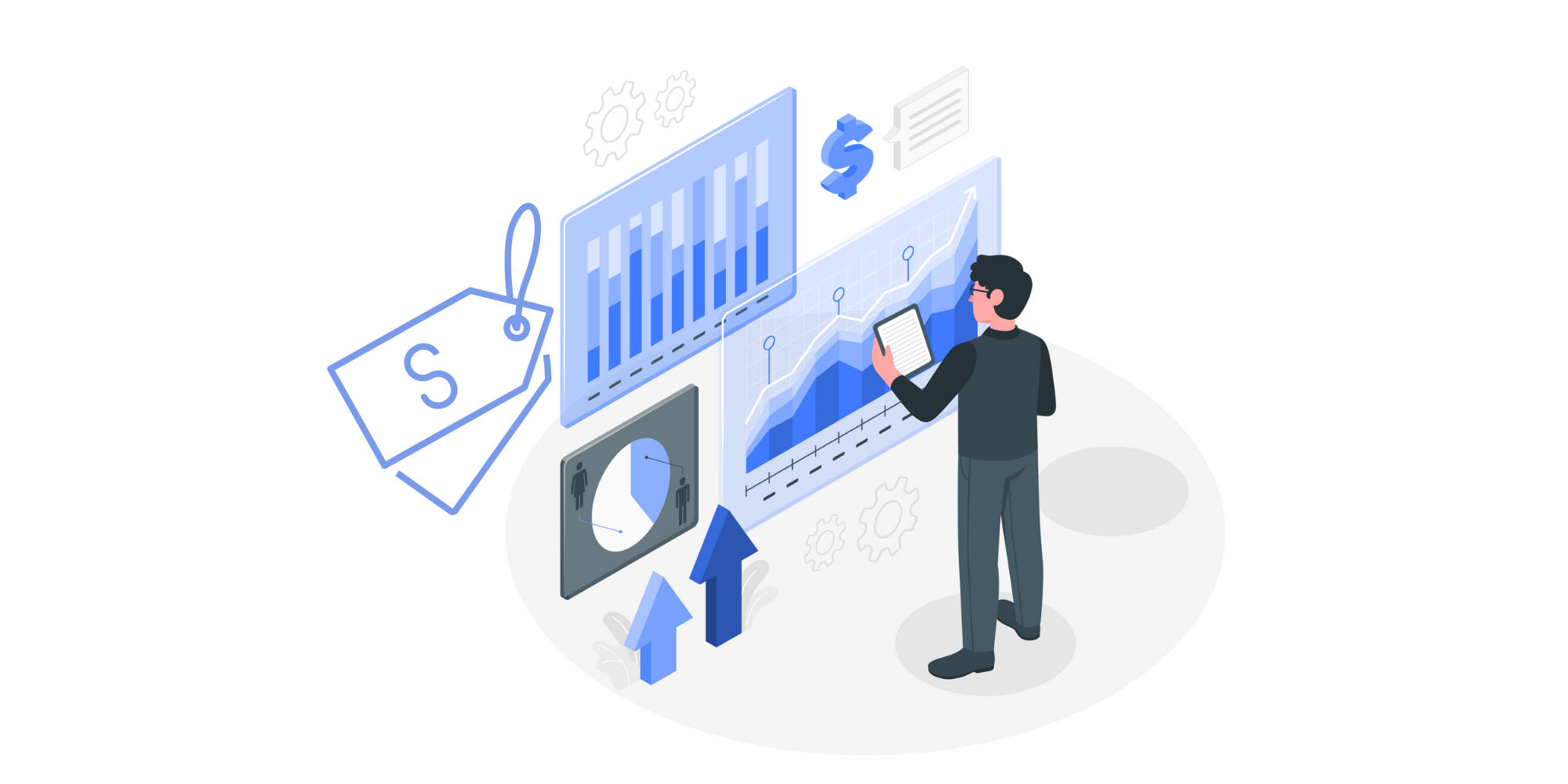Are you wondering how to properly analyse prices? We have 4 simple hints to help you better organize the entire analysis process.
Price analysis is the study of the market value of e-commerce products and services based on supply and demand at any given time. Price analysis is necessary when making business decisions, especially when different pricing options are lower, as is margin, for the same product. The analysis allows you to get high-quality information about the behavior of the market to determine the most appropriate pricing strategy. Let’s see how to perform the analysis the right way and what to include.
Defining strategic goals
The fundamental goal of e-commerce is cost-effectiveness in terms of economics, but you should consider what other objectives you wish to accomplish with your products and services. Some of these short to medium-term goals could be, among other things, entering a new market, launching a new product, increasing the average user check, or overcoming competition in sales. Once you have defined strategic goals, it will be easier to determine the information you want to get through price studies.
Thinking with the audience mind
To better know the market value of goods and services, it is necessary to analyse what the immediate audience is like and what price they are willing to pay. At the same time, you should consider how your products and services will be of value to these potential customers, for instance, how they will respond to their needs and expectations. Think about whether it will be a new and necessary product, or, conversely, whether it will be competitive vs. similar products on the market.
Market research
Along with the audience, another essential factor is market prices when conducting price analysis. You need to identify what price ranges companies in the preferred sector are moving in to determine the most competitive prices for your business. Also, be aware of the amount of saturation in the market and how it can affect your income. By doing market research, you can learn the number of companies in the sector, their geographic distribution, and their annual revenue.
Tracking competitive prices
We are aware that observing competitor prices takes time and generates costs. In the end, however, you receive priceless knowledge based on observed trends and patterns. With price monitoring technology, you can determine which companies are your direct competitors and track their prices and promotions to:
- recognize their retail strategies
- identify possible changes in the assortment that should be addressed
- calculate opportunities for your products
In order to conduct a price analysis that will work in the long run, it is worthwhile to consider a pricing tool that significantly improves data collection and processing. Collect data of current and historical prices, in general, and analyse these constantly. With the price monitoring technology, you can evaluate the price change of competing products over a defined period of time to help you make well-educated decisions.
The final step is to go further:
- make your pricing strategy structured to see the big picture of your position in the market
- create an action plan to achieve goals
Now that you have learned about the market pricing points, supply and demand, you can design cost-based pricing strategies, competitor-based pricing strategies, or other approaches for launching new products. After all, the importance of this topic lies in the fact that the price is one of the main determining factors in the final purchase decision. For this reason, it is crucial to allocate the time and resources needed to plan the most appropriate strategy. So, make sure to set pricing strategies based on the correct price analysis with our hints included.
-
Big Data: 3 important impacts on eCommerce and pricing

In recent years, Big Data analysis has been in high demand, and there are no longer any projects without involving data sets in some way.
-
Allegro Ads. To Choose Or Not To Choose

Advertising on Allegro. Why not! The leading Polish online marketplace has an unimaginable amount of data, so why not take advantage of it? The question is, are they worth using, and what does advertising on Allegro accomplish?
-
How Good Is Your Pricing Software? 3 Essential Features To Make An Informed Choice

With eCommerce pricing actions becoming more competitive, technology has become a key component to evaluate them. Thanks to advanced machine learning algorithms, all kinds of online pricing activities can be constantly monitored, optimized, and analysed better.

